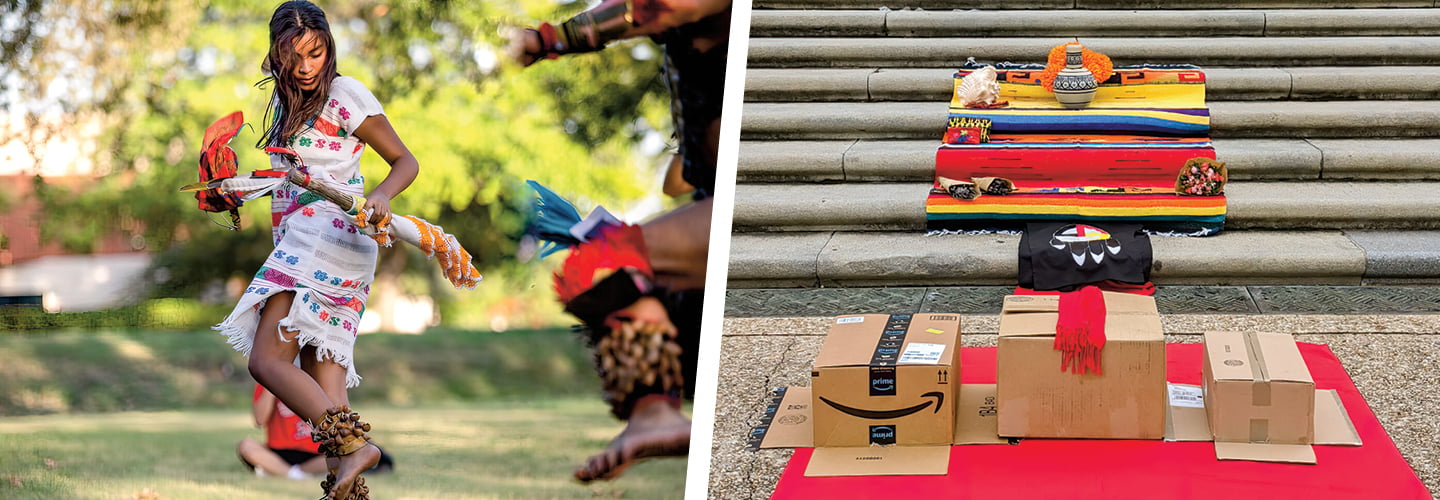For four years, members of the Miakan-Garza Band, an Indigenous group in Texas, had been asking the University of Texas at Austin to return the remains of three of their ancestors. The remains had been dug up and brought to the school decades before, and now the band wanted to rebury them.
U.T. Austin, however, had denied the requests. So the community began campaigning to change the school’s mind, spreading the word through in-person and online events. Then, in September 2020, a group of Indigenous students met with university officials. Afterward, the school said it would start the federal legal process required to rebury the remains.
“The University of Texas at Austin respects the Indigenous people who live and have lived in Texas and recognizes the spiritual and cultural significance of internment of their ancestors,” president Jay Hartzell wrote in a letter.
The Miakan-Garza band thought it had won a victory, but two years later, according to the university, the process is still underway at the federal level. The school has about 2,400 Indigenous remains in its possession.
U.T. Austin isn’t the only institution holding on to remains and artifacts from Indigenous people. Colleges around the country—including Harvard University, Vassar College, the University of California, Berkeley, and many more—are increasingly coming under fire for their collections.
“This is first and foremost an issue of Indigenous rights,” says Veronica Pasfield of the Bay Mills Indian Community in Michigan. “The right to protect the graves of your ancestors and relatives is one of the most fundamental human rights on the planet.”
For four years, members of the Miakan-Garza Band, an Indigenous group in Texas, had been asking the University of Texas at Austin to return the remains of three of their ancestors. The remains had been dug up and brought to the school decades before. Now the band wanted to rebury them.
But U.T. Austin denied the requests. So the community began campaigning to change the school’s mind. They spread the word through in-person and online events. Then, in September 2020, a group of Indigenous students met with university officials. Afterward, the school said it would start the federal legal process required to rebury the remains.
“The University of Texas at Austin respects the Indigenous people who live and have lived in Texas and recognizes the spiritual and cultural significance of internment of their ancestors,” president Jay Hartzell wrote in a letter.
The Miakan-Garza band thought it had won a victory, but two years later, according to the university, the process is still underway at the federal level. The school has about 2,400 Indigenous remains in its possession.
U.T. Austin isn’t the only institution holding on to remains and artifacts from Indigenous people. Colleges around the country are increasingly coming under fire for their collections. Harvard University, Vassar College, and the University of California, Berkeley are among them.
“This is first and foremost an issue of Indigenous rights,” says Veronica Pasfield of the Bay Mills Indian Community in Michigan. “The right to protect the graves of your ancestors and relatives is one of the most fundamental human rights on the planet.”

